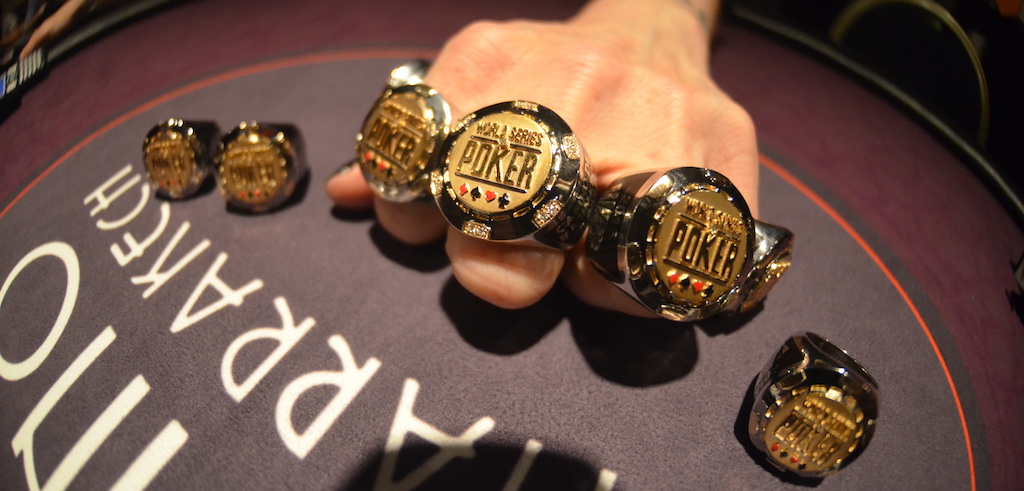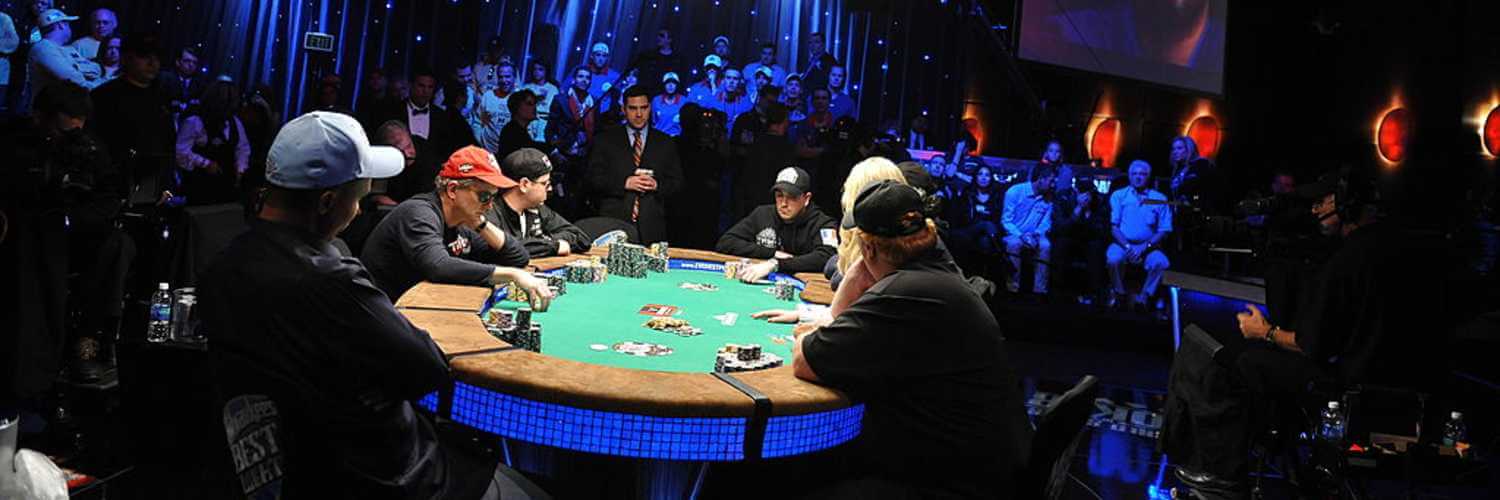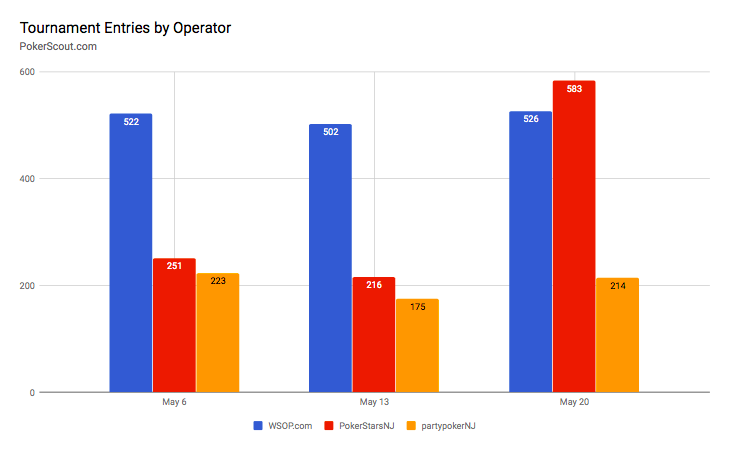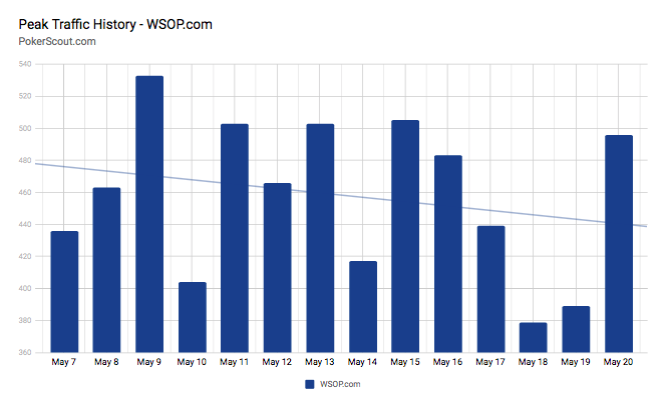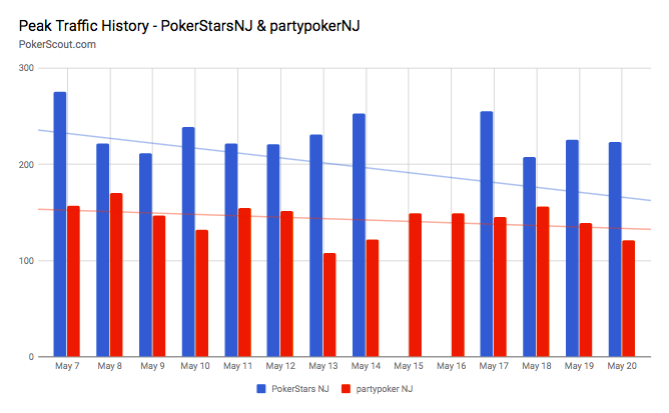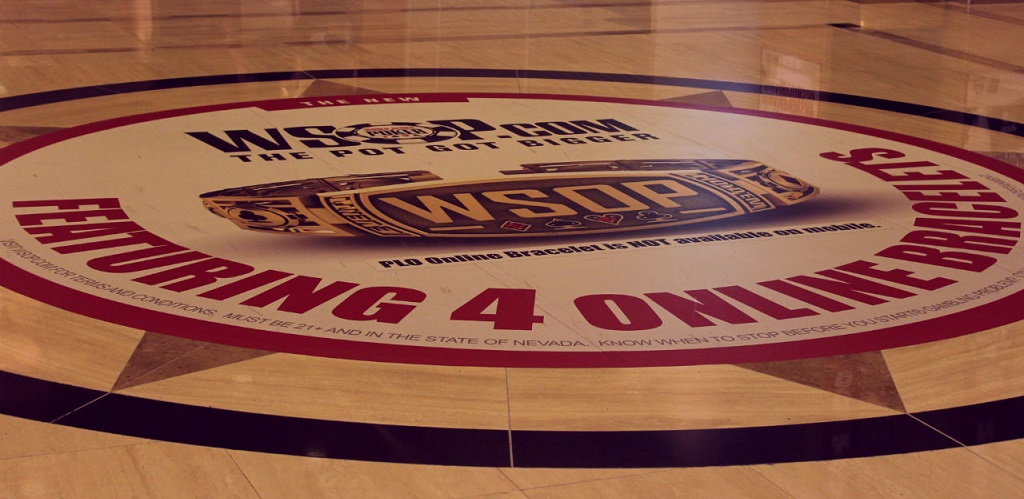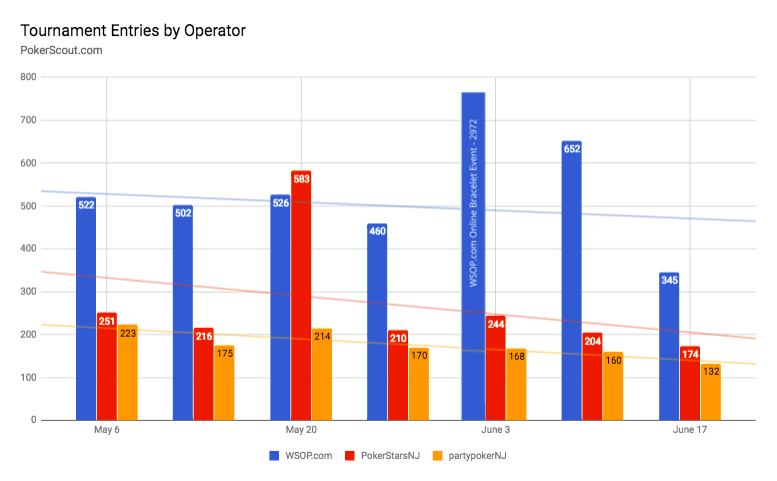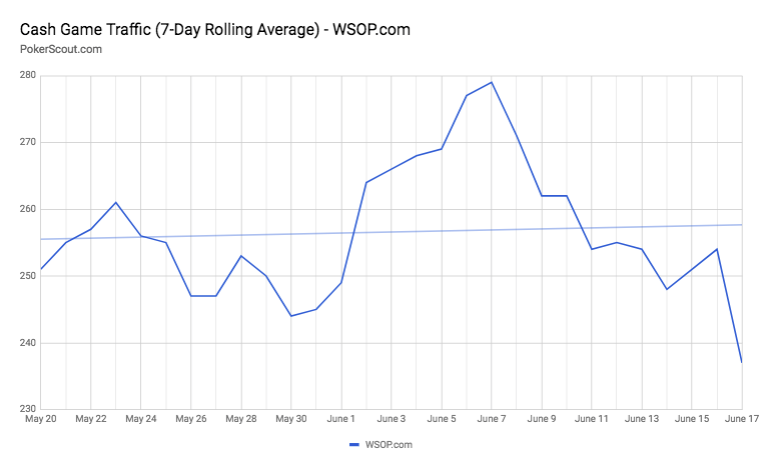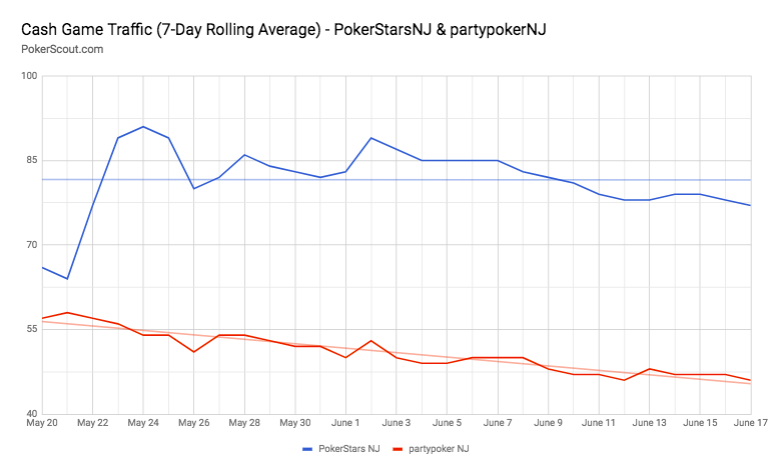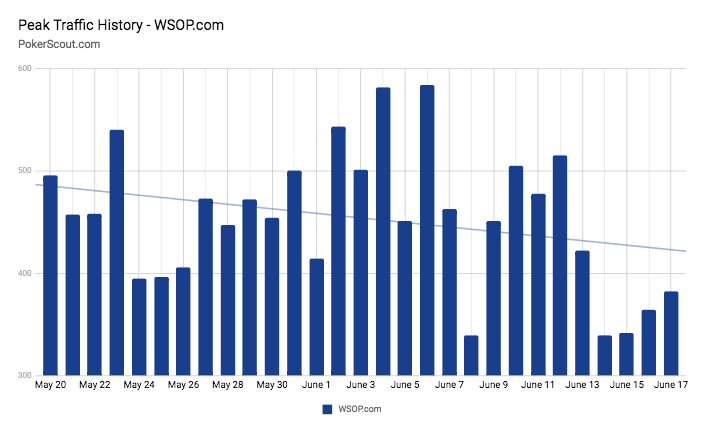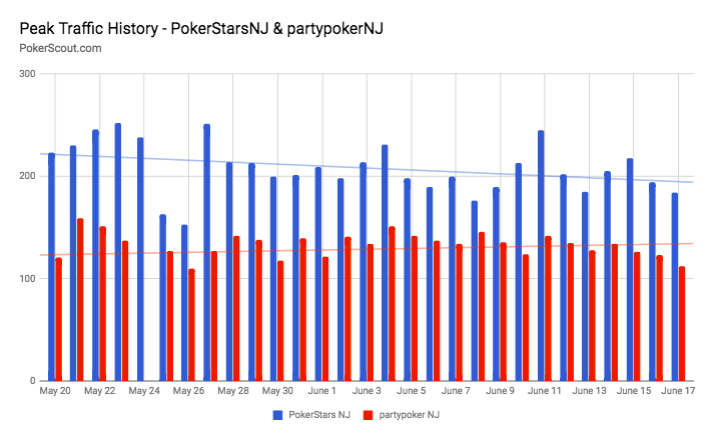With the World Series of Poker Europe wrapping up, a debate regarding re-entry tournaments has consumed social media in recent days. The debate has focused on whether allowing unlimited re-entries is good for poker.
Numerous players have weighed in on the issue. Daniel Negreanu has long been a critic of re-entry events, preferring the game’s old days when freezeouts were the norm.
The argument spurred comments and opinions throughout the past week. Some even offered ideas on possible changes to re-entry poker tournament formats.
The issue certainly seems to be top of mind for many with many weighing in with their own analysis.
Re-entry poker creates some differing opinions on fairness
The re-entry format has been the norm for most tournament events for several years now. Tours like the World Poker Tour make use of the format for a few reasons.
- Prize pools – Many feel re-entries help build prize pools, and offer larger payouts, which players have come to expect.
- Happier players – The theory is that players who travel the circuit regularly get more bang for the buck with re-entries. After spending money on travel, a chance to re-enter after an early elimination offers a chance to get back in action.
Critics argue that re-entry formats benefit well-financed pros. Players with more money can fire away until they build large stacks with a better shot to run deep.
Last December, Dylan Linde won the WPT Five Diamond World Poker Classic for $1.6 million after firing five bullets. Those re-entries ran $10,400 each.
In an event that paid 126 players, Linde had to finish at least 24th just to make a small profit. Some players point to this type of bullet firing to show what’s wrong with the system.
Others argue re-entries are good for all involved regardless of poker status. The system is the same for everyone and players can decide what’s best for them.
“A good reg can get coolered too and have another chance,” poker pro Daniel Strelitz noted on Twitter. Others echo similar thoughts.
Criticism of the system and a few alternatives
Beyond simply favoring freezeouts and poker events with fewer re-entries, Negreanu thinks his return on investment is lower in these events.
“I believe this, but cannot prove it as fact: most pros who play a tournament with no re-entry option will have a higher ROI on that bullet than their first bullet if they are planning to reenter,” he Tweeted this week.
Kid Poker suggested paying out the number of players responsible for the prize pool rather than entries. A shorter number of payouts might help curb late registrations, he argues.
Others argued this top-heavy payout system would favor pros. Either way, Negreanu plans on adjusting his own tournament registration procedures in the future.
One alternative idea is allowing fewer re-entries, maybe even a single extra bullet. Others favored smaller chip stacks for those who enter late or banning late registration altogether.
Some players don’t necessarily enjoy re-entry events. But they feel these can be good for recreational players when considering some pros’ expected value (EV).
“The one good thing about it when top pros are playing re-entries at lower than their average buy-in, they tend to play the re-entry period in a negative-EV fashion that is good for their opponents,” poker pro Ari Engel notes.
“Please don’t misunderstand – re-entries are awful, but this is one of the few good things about them for the perspective of the average player in the field, losing less money long run.”
Some tough choices when it comes to prize pools
Re-entries may be a challenge for some, but reduced fields could have a major effect on poker prize pools. Striking a balance that will still produce large payouts is a difficult needle to thread.
Some believe re-entries hurt recreational players’ chances in big events. But if prize pools diminish, would recreational players be as attracted to major poker tournaments?
Negreanu remains a believer in non-re-entry events, and believes fewer re-entries not only help recreational players but also pros. His argument is that pros tend to play better when they know there are fewer chances to get back in.
The Commerce Casino was set to kick off the LA Poker Open on Nov. 1. The property was taking a stab at finding a compromise between both side of the equation.
Players wouldn’t be allowed to re-enter in a starting flight in which they’ve been eliminated. These players could then enter another starting flight. There would also be no re-entry in one-day events.
The Commerce is attempting to find some middle ground and reach players who may favor fewer buy-ins. It will be interesting to see what players think, but the debate on the issue should continue.
A look at the WSOP in Las Vegas
The World Series of Poker has mostly been a holdout in keeping re-entries at a minimum in most events. It does offer some re-entry tournaments, including the gargantuan field record setters.
However, much of the series remain in the freezeout format or offer limited re-entries. Here are some statistics from this summer’s 89-event series:
- Freezeouts – 42 events including the Monster Stack, Mini-Main Event, and Main Event. These represented 46.6% of all bracelet events.
- Single re-entry – 32 events, representing 35% of bracelet events.
- Freezeouts and single re-entry – Combined, these made up about 80% of bracelet events.
Seth Palansky, Caesars/WSOP vice president of corporate communications, notes that the WSOP staff tends to be more conservative when it comes to re-entries. However, sometimes an additional entry can be favorable for certain events.
“When we analyzed our numbers and recognized, for example, that 44.7 percent of players in the seniors event made that the only WSOP event they played all summer, we decided adding a single re-entry to that event was favorable to all,” he says.
“If that is the one event you play and you run Kings into Aces early, you are going to want another chance to enter if you wish.”
The WSOP takes a nuanced approach, Palansky says, and doesn’t think about re-entries in isolation.
Other major considerations when scheduling events include starting: chip stack, level lengths, late registration periods, scheduled length of tournament, dealer costs, fees to pay dealers and staff, allocated dealers and staff, event location, number of events being run at the venue, venue objectives, length of series, and more.
Palansky believes the issue deserves more study in the industry beyond social media.
Striking a balance with more options
The WSOP has added more starting chips in recent years, generally with positive responses and record turnouts. Re-entries provide value for players by swelling prize pools and make it easier for operators to meet guarantees.
“There have been unintended consequences,” Palansky says. “Some have found the combination of re-entries and late registration as a way to gain an edge. Poker is all about exploiting edges or perceived value, but the other side of the coin is to understand whether there is a level playing field for all who enter an event.
“On one hand, someone re-entering seven times in an event means they have given all their chips to others seven times already. Those players receiving those chips are thrilled to get them. But when that eighth entry yields a deep run, some argue that the player ‘bought’ the result and had an unfair advantage.”
Some venues have become “addicted to re-entry,” Palansky says, as it provides better cost certainty and less risk. He argues re-entry has replaced some concurrent tournaments that could be scheduled. Palansky believes the WSOP has moved in the right direction.
“We feel at the WSOP in Las Vegas, we have struck the right balance,” Palansky says. “First off, we have a long tournament series with ample events and opportunities for everyone to either find or avoid individual events based on their preference.
“We at the WSOP feel the pendulum has swung too far with re-entries. It’s important that everyone who enters an event has a chance to win that event. Certainly skill alters that and that’s okay – as in all of sports and competitions. But buying your way into the money is a concern. Re-entry has its place, it is just a matter of finding the right balance.”
